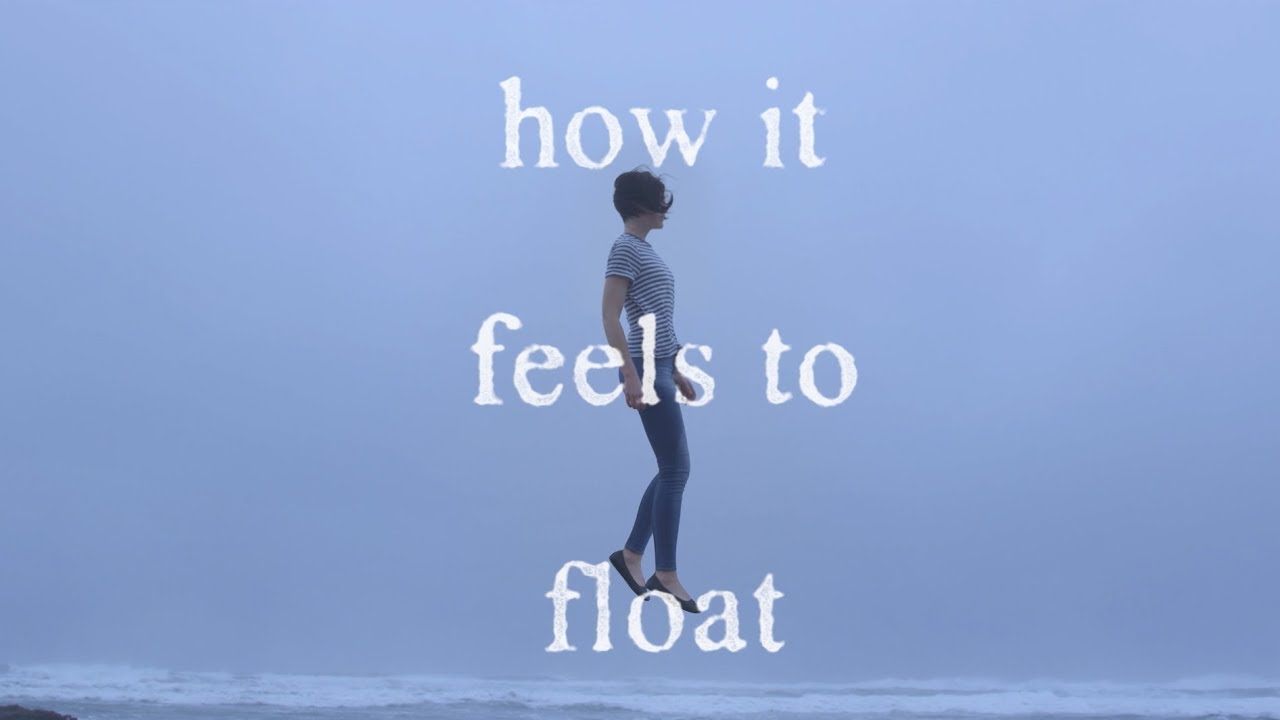How it Feels to Float can be a unique and serene experience that allows you to disconnect from the weight and pressures of the world. Whether you’re floating in a pool, a body of water, or even in a sensory deprivation tank, the sensation can be incredibly calming and rejuvenating.
Physically, floating creates a sensation of weightlessness. As your body is fully supported by the buoyancy of the water, you’ll feel a release of tension in your muscles and joints. The absence of gravity’s pull allows your body to relax completely, relieving any stress or strain you may be carrying.
Mentally, floating can induce a deep sense of relaxation and tranquility. The absence of external stimuli often leads to a meditative state, allowing your mind to quiet down and enter a state of calmness. This can provide an opportunity for introspection, self-reflection, and even creative thinking.
How it Feels to Float can also have therapeutic benefits. It has been used as a form of sensory deprivation therapy, aiding in stress reduction, pain management, and mental health improvement. The sensory isolation allows your brain to focus on internal thoughts and sensations, leading to a heightened sense of self-awareness and mindfulness.
Overall, the experience of floating can vary from person to person. Some may describe it as a feeling of weightlessness, while others may emphasize the mental and emotional aspects of relaxation. Nonetheless, many people find floating to be a soothing and refreshing experience that promotes both physical and mental well-being.
FAQs
Q: How does it feel to float?
A: Floating can feel incredibly peaceful and calming. When you’re floating, you’ll experience a sensation of weightlessness and buoyancy. It’s similar to the feeling of effortlessly floating on the surface of the water, with your body fully supported and free from the pull of gravity.
Q: Where can I float?
A: You can float in various places, depending on your preferences and availability. Options include swimming pools, natural bodies of water like lakes or the ocean, and specialized floatation centers that offer sensory deprivation tanks or float pods. These tanks are filled with a highly buoyant solution, such as Epsom salt, that allows you to effortlessly float on the surface.
Q: Are there any health benefits to floating?
A: Yes, floating can provide several health benefits. The weightlessness experienced during floating relieves pressure on your joints and muscles, promoting relaxation and reducing pain. The sensory deprivation aspect can help reduce stress and anxiety, and even improve sleep. Floating has also been used as a complementary therapy for conditions like chronic pain, fibromyalgia, and post-traumatic stress disorder (PTSD).
Q: What is sensory deprivation?
A: Sensory deprivation involves reducing or eliminating external sensory input, such as light, sound, and touch. In the context of floating, sensory deprivation tanks or float pods are designed to minimize external stimuli, creating a quiet and dark environment. This sensory isolation allows your mind to enter a state of relaxation, introspection, and deep rest.
Q: Do I need to know how to swim to float?
A: No, you don’t need to know how to swim to float. Floating involves lying on the surface of the water, and the buoyancy of the water supports your body. However, it’s important to ensure your safety and choose an environment where you feel comfortable. If you have concerns about floating, you can consider using flotation aids or seeking professional guidance at a floatation center.
Q: Can anyone float?
A: Generally, most people can float. The buoyancy of the water makes floating accessible to individuals of different ages, sizes, and physical abilities. However, it’s always important to consider any specific health conditions or concerns you may have. If you have any doubts or underlying health issues, it’s advisable to consult with a healthcare professional before trying to float.
Q: How long do people typically float for?
A: The duration of a float session can vary depending on personal preference and the facilities you visit. Generally, float sessions can range from 60 minutes to 90 minutes. Some individuals may choose shorter sessions for their first time to acclimate to the experience, while others may opt for longer sessions to fully immerse themselves in relaxation and reap the benefits of floating.
Q: What should I expect during a float session?
A: During a float session, you can expect to enter a quiet, private environment. If you’re using a sensory deprivation tank or float pod, you’ll have the option to float in complete darkness or with soft ambient lighting. The water will be warm and filled with a buoyant solution like Epsom salt. Once you’re floating, you can relax, let go of tension, and enjoy the sensation of weightlessness. Many people experience a deep sense of relaxation, introspection, and a release of stress during their float session.
Read This: Dwarf Fortress How to Cancel Mining Order
